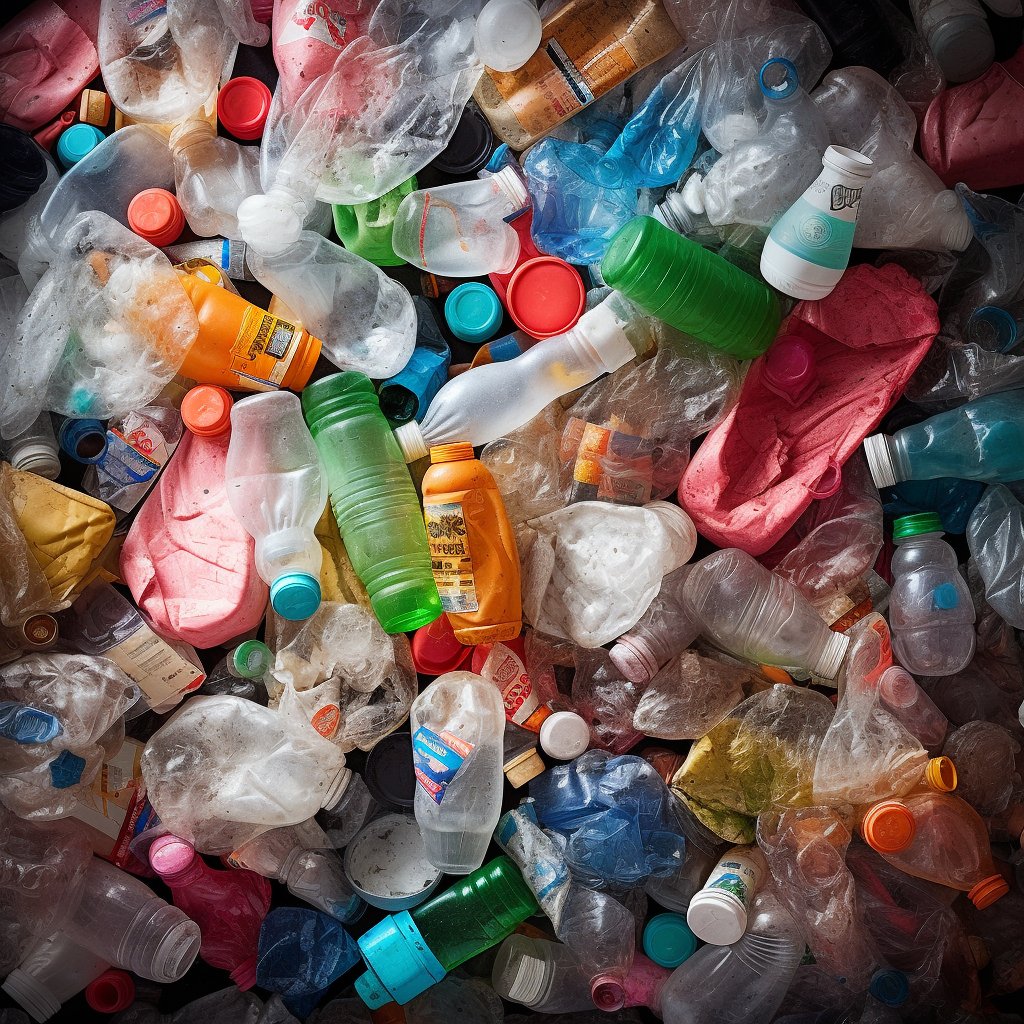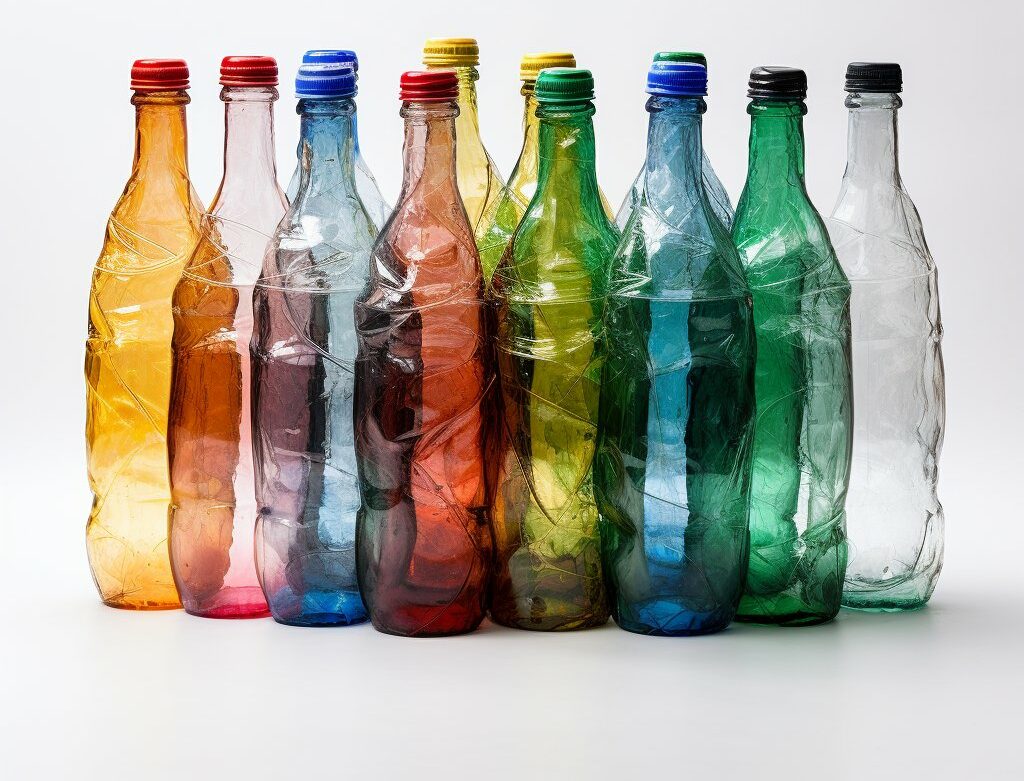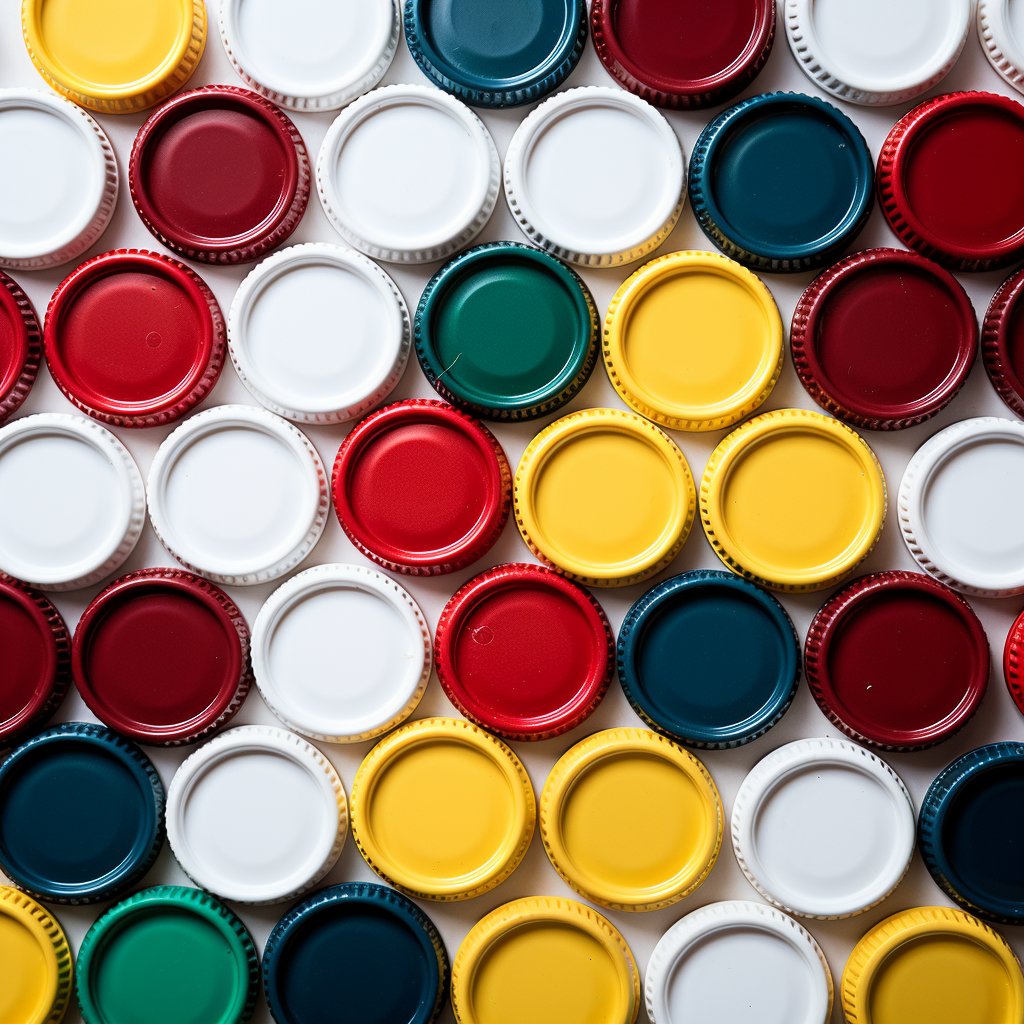Plastic has become an integral part of our daily lives, with a wide range of applications in everything from packaging to construction to consumer goods. However, the increasing use of plastic has also led to a growing problem of plastic waste, which can have a significant environmental impact. To address this issue, recycling micro-plastics has emerged as a promising solution.
Micro-plastics, defined as tiny pieces of plastic smaller than 5mm in size, are a growing environmental concern. They are often used in packaging, textiles, electronics, and medical equipment. They can cause harm to wildlife and marine animals.

Types of Micro-Plastics
Microplastics can be categorised into two main types: primary and secondary. Primary microplastics are intentionally manufactured at a small size, such as microbeads used in cosmetics or microfibres in textiles. Secondary microplastics are created from larger plastic items that have broken down into smaller pieces, such as plastic bags or packaging materials.
Industrial Usage
Micro-plastics have a wide range of industrial uses, including in producing plastics, rubber, and coatings. They can be added to these materials to enhance their properties, such as making them more durable, lightweight, or flexible. Micro-plastics are also used in medical equipment, such as catheters and syringes.
Application Areas
Microplastics are present in many products and materials, including:
- Textiles: Microfibers are used in clothing, upholstery, and carpets.
- Packaging: Micro-plastics are used in packaging materials to protect products during shipping and storage.
- Cosmetics: Microbeads are used in exfoliants, toothpaste, and other personal care products.
- Electronics: Micro-plastics are used in electronic components, such as circuit boards and connectors.
Consumer Product Examples
Some consumer products that contain micro-plastics include:
- Clothing: Synthetic fabrics like polyester, nylon, and acrylic release microfibers during washing.
- Personal Care: Toothpaste, facial scrubs, and body washes contain microbeads that are washed down the drain.
- Packaging: Bubble wrap, packing peanuts, and other packaging materials contain microplastics.
Material Properties
Micro-plastics are known for their durability, but they are difficult to break down in the environment. They persist in the background for decades, releasing toxins and causing harm to wildlife and ecosystems.
Recycling Trends
Recycling micro-plastics is a promising way to reduce their negative environmental impact. One way to recycle micro-plastics is through mechanical recycling, which involves grinding up the plastic into small pieces that can be used to create new products. Another method is chemical recycling, which breaks down the plastic into its molecular components and then reassembles them into new materials.
Future trends in micro-plastic recycling include the development of new technologies that can more efficiently and cost-effectively recycle micro-plastics. For example, researchers are exploring the use of enzymes to break down plastic, which could be a more sustainable and eco-friendly alternative to chemical recycling.
Global Impact
Recycling micro-plastics is an important step towards reducing plastic pollution and its environmental impact. In addition to understanding the types of micro-plastics, their industrial usage, and application areas, it is also important to look at the market price developments, global impact, and future market prognosis for recycled micro-plastics.
Market Price Developments
The market price for recycled micro-plastics varies depending on the type of plastic and the recycling method used. In general, mechanical recycling is less expensive than chemical recycling, but the quality of the recycled plastic may be lower. Supply and demand, government regulations, and consumer preferences also influence the market price for recycled microplastics.
Global Impact
Microplastics have become a global issue, with billions of microplastics entering the environment yearly. They can be found in oceans, rivers, and the air we breathe. Microplastics’ environmental impact is still being studied but can harm marine life and ecosystems. Recycling micro-plastics can reduce the amount of plastic in the environment and mitigate its effects.
Future Market Prognosis
The future market for recycled micro-plastics is promising as more companies and industries recognise the need to reduce plastic waste. The global demand for recycled plastics is expected to increase in the coming years, driven by government regulations, consumer awareness, and sustainability initiatives. According to a report by Grand View Research, the global recycled plastics market is expected to reach $66.6 billion by 2026, with a compound annual growth rate of 6.8% from 2019 to 2026.
The growth of the recycled plastics market presents opportunities for companies that specialise in recycling micro-plastics. New technologies and innovations in recycling could also lead to more efficient and cost-effective ways to recycle microplastics. For example, using artificial intelligence and machine learning could improve the sorting and processing of recycled plastic materials.
Environmental and Economic impacts
Recycling micro-plastics is an issue that affects many countries around the world. Recycling micro-plastics’ environmental and economic impacts can vary depending on factors such as the recycling infrastructure, government regulations, and consumer demand.
Environmental Impact
The environmental impact of recycling microplastics can be significant. Microplastics can be harmful to marine life and ecosystems and can also contribute to air and water pollution. Recycling micro-plastics can help reduce the amount of plastic waste that ends up in the environment, which can positively impact ecosystems and the planet as a whole.
However, it is essential to note that not all methods of recycling microplastics are equally environmentally friendly. For example, some forms of chemical recycling can produce toxic byproducts or greenhouse gas emissions. Mechanical recycling is generally considered a more environmentally friendly option, but it may only be suitable for some types of plastic.
Economic Impact
The economic impact of recycling microplastics can also be significant. Recycling micro-plastics can help to reduce the cost of producing new plastic, as recycled plastic is often less expensive than virgin plastic. This can make recycled plastic a more attractive option for companies and manufacturers.
However, government regulations and consumer demand can also influence the economic impact of recycling micro-plastics. For example, if governments implement policies that encourage or require the use of recycled plastic, this can increase the demand for recycled plastic and create economic opportunities for recycling companies. Similarly, if consumers are more willing to purchase products made from recycled plastic, this can create a market for recycled plastic products.
Around the World
The approach to recycling microplastics can vary around the world. In some countries, a well-established recycling infrastructure and government policies support using recycled plastic. For example, in the European Union, there are targets for using recycled plastic in products. Many countries have implemented recycling programs and regulations that require manufacturers to use recycled plastic.
In other countries, the recycling infrastructure may be less developed, and there may be fewer regulations or incentives to encourage the use of recycled plastic. However, as the issue of plastic pollution becomes more pressing, many countries are starting to reduce their plastic waste and increase the use of recycled plastic.
Recycling Micro-plastics
Recycling micro-plastics is a promising solution to the growing plastic waste problem. Various methods are available to recycle microplastics and reduce their environmental impact, from chemical to mechanical to feedstock. By understanding the different types of microplastics recycling, industrial usage, application areas, and material properties, we can create a more sustainable future for ourselves and future generations. Let’s continue to explore new technologies and trends in micro-plastic recycling and work towards a cleaner, healthier planet.
Recycling micro-plastics has environmental and economic impacts, varying depending on factors such as the recycling infrastructure, government policies, and consumer demand. The approach to recycling micro-plastics can also vary worldwide, with some countries having more developed recycling infrastructure and policies than others. As the issue of plastic pollution becomes more pressing, countries need to take steps to reduce their plastic waste and increase the use of recycled plastic.






